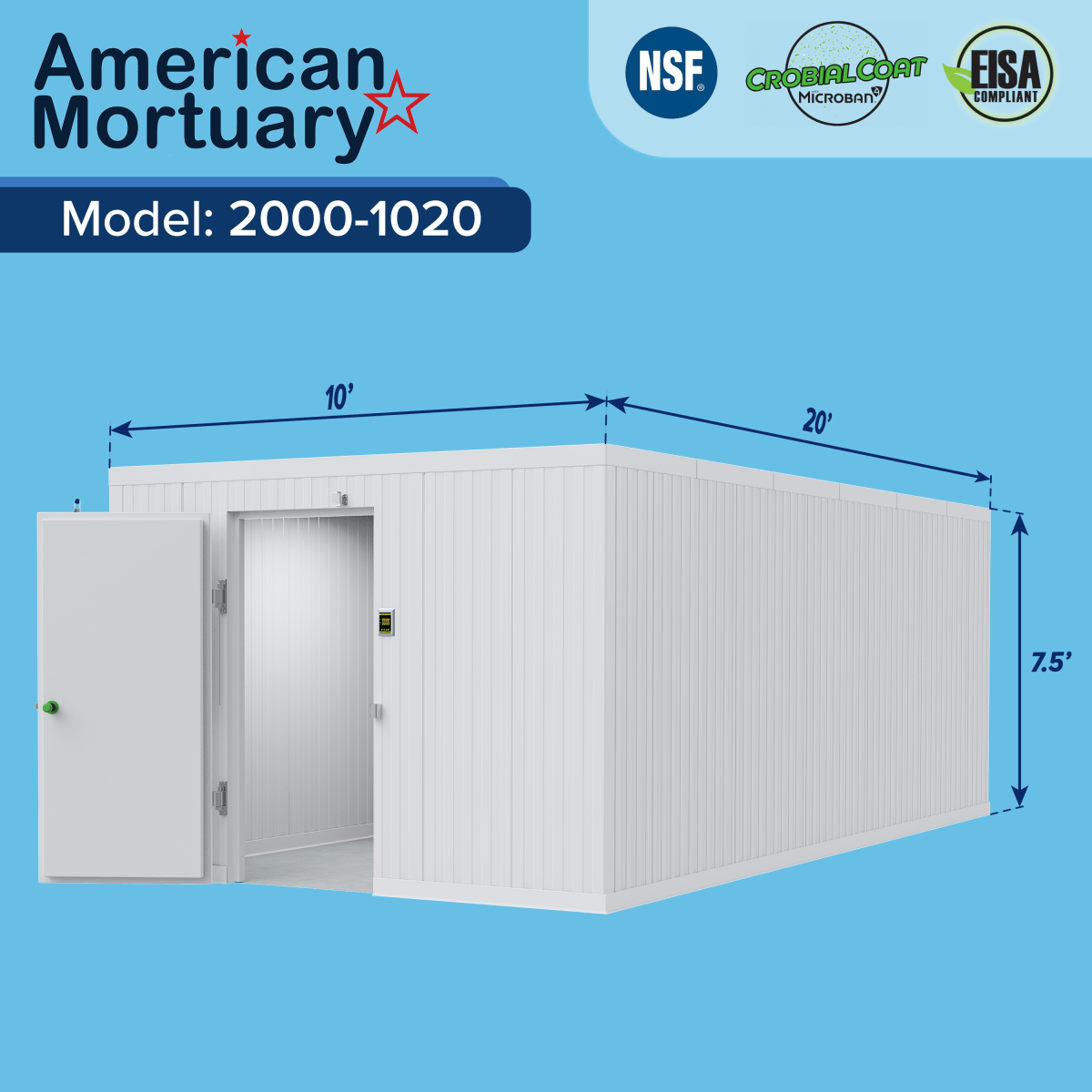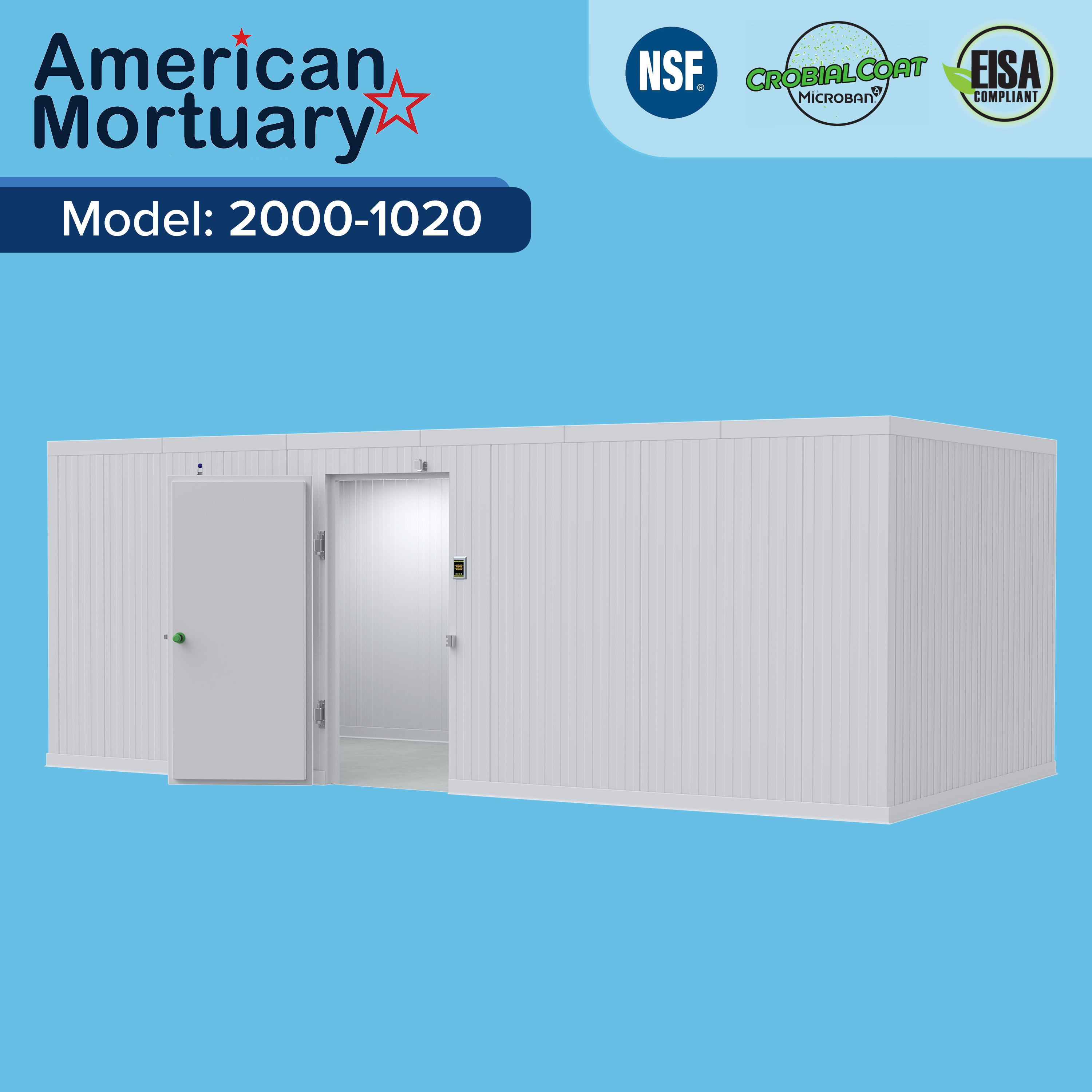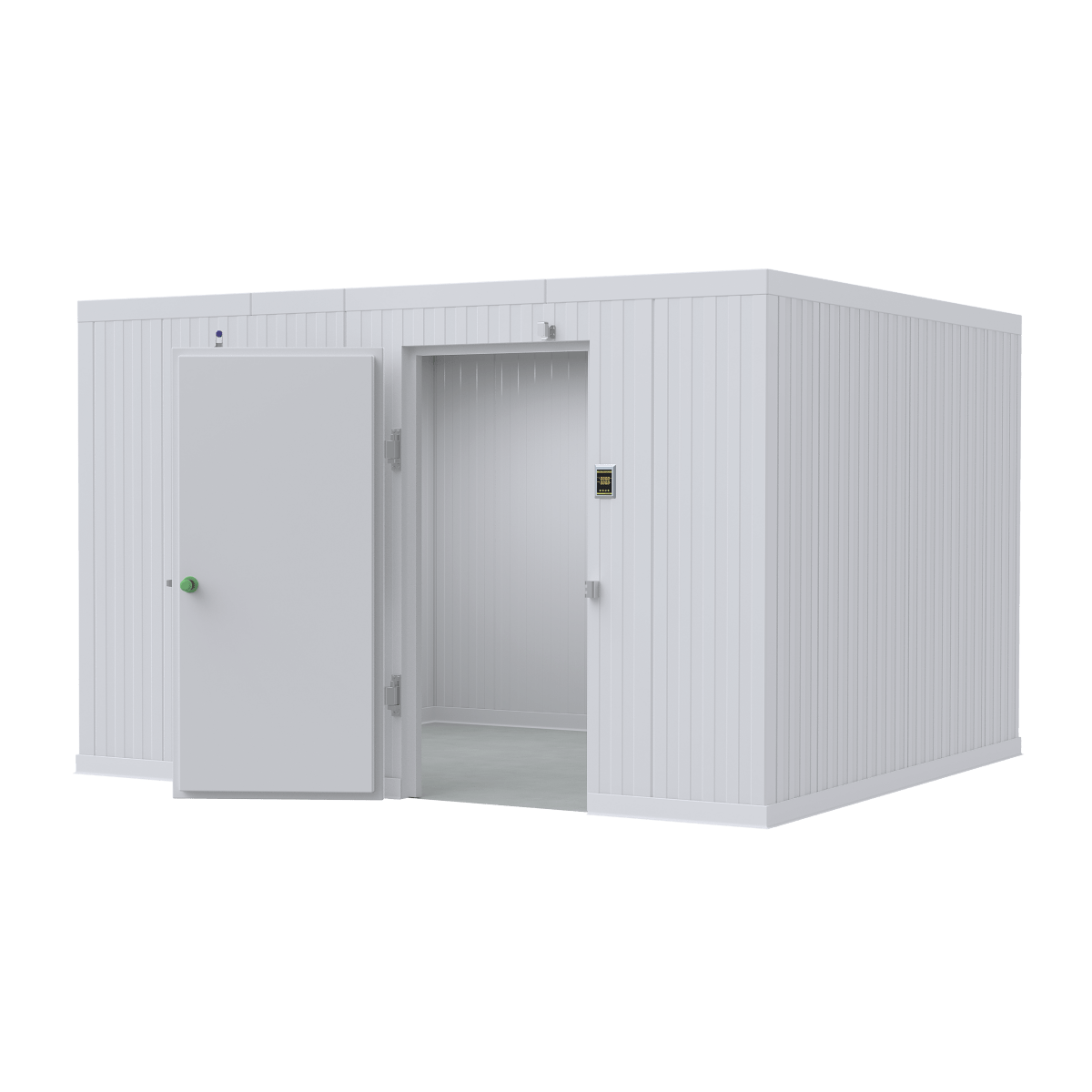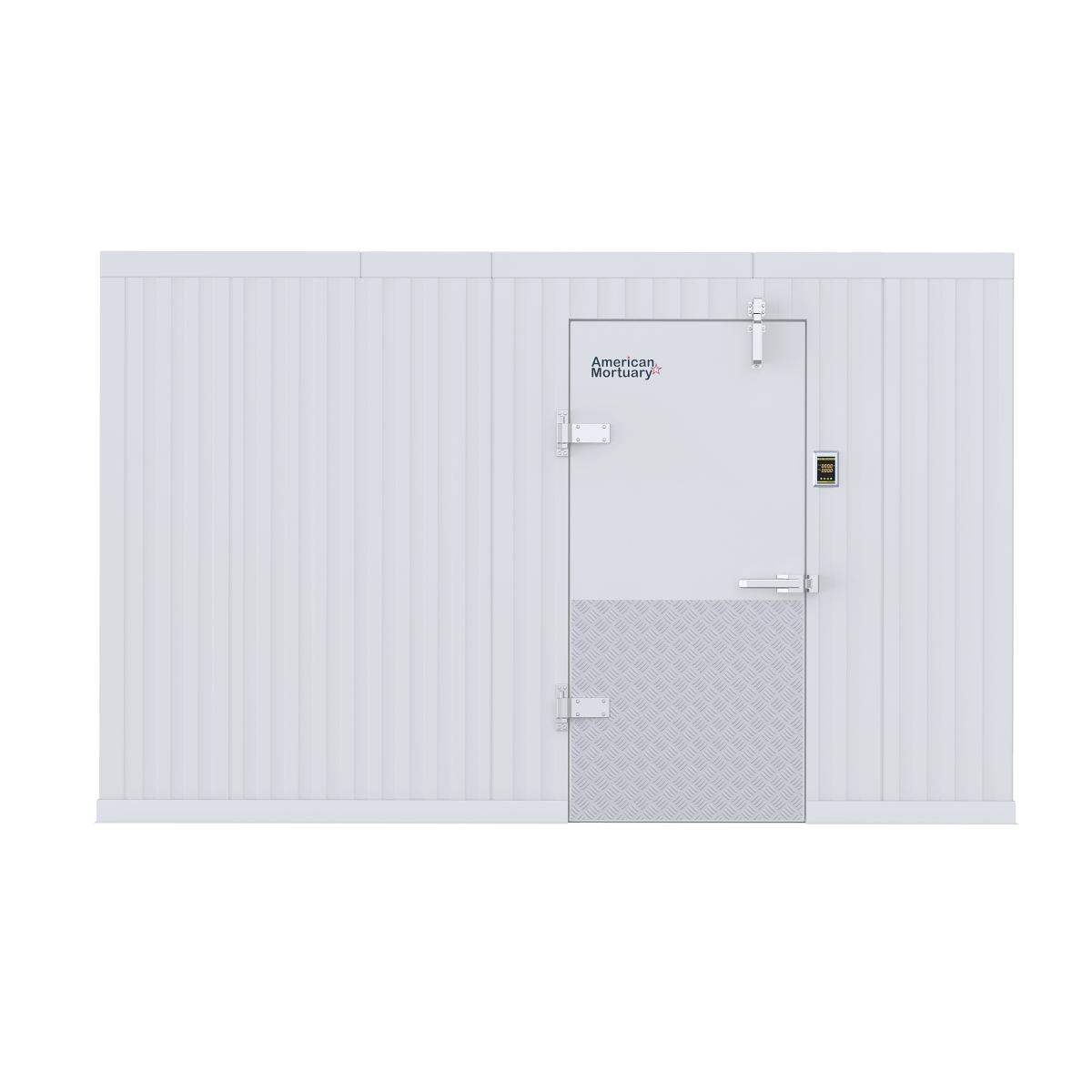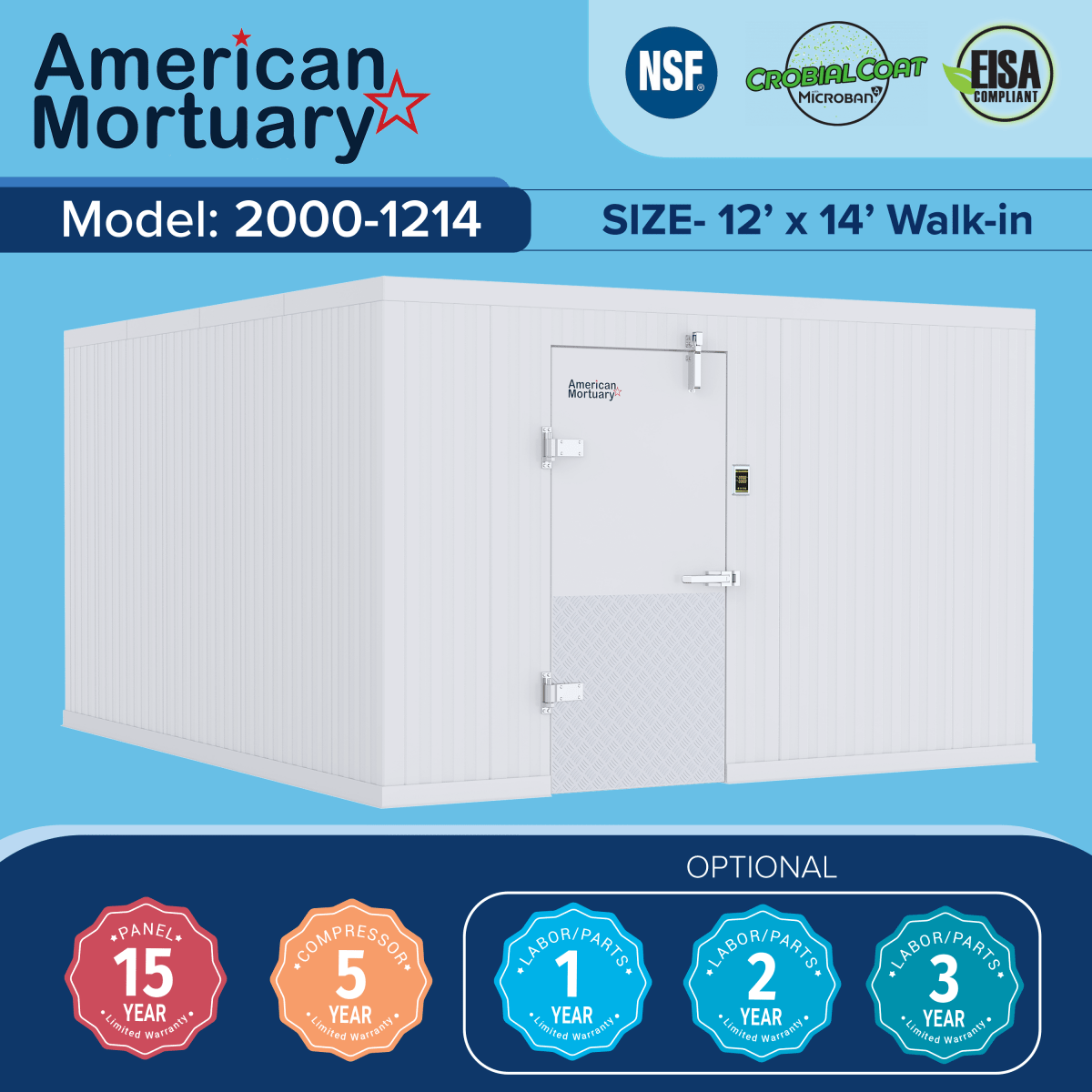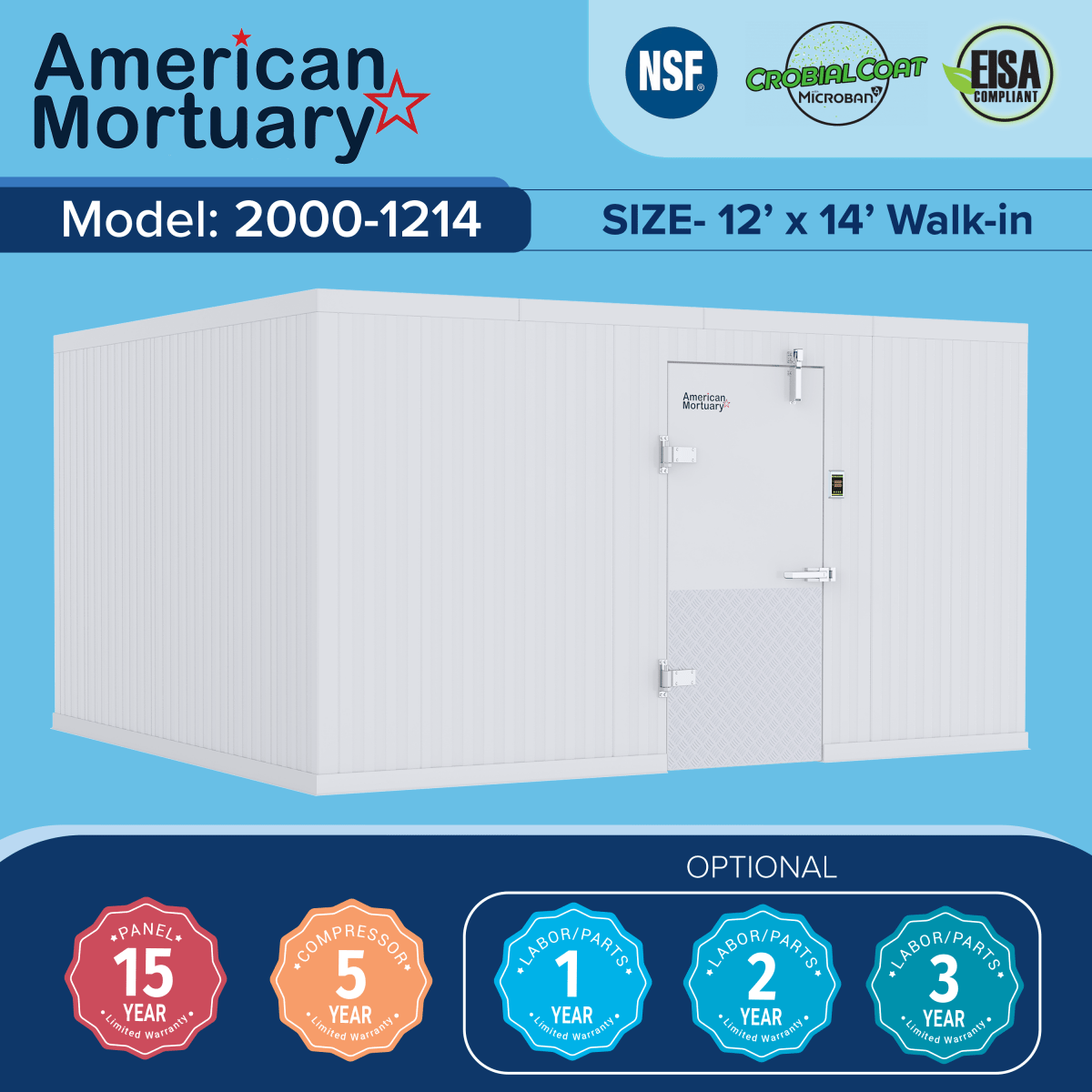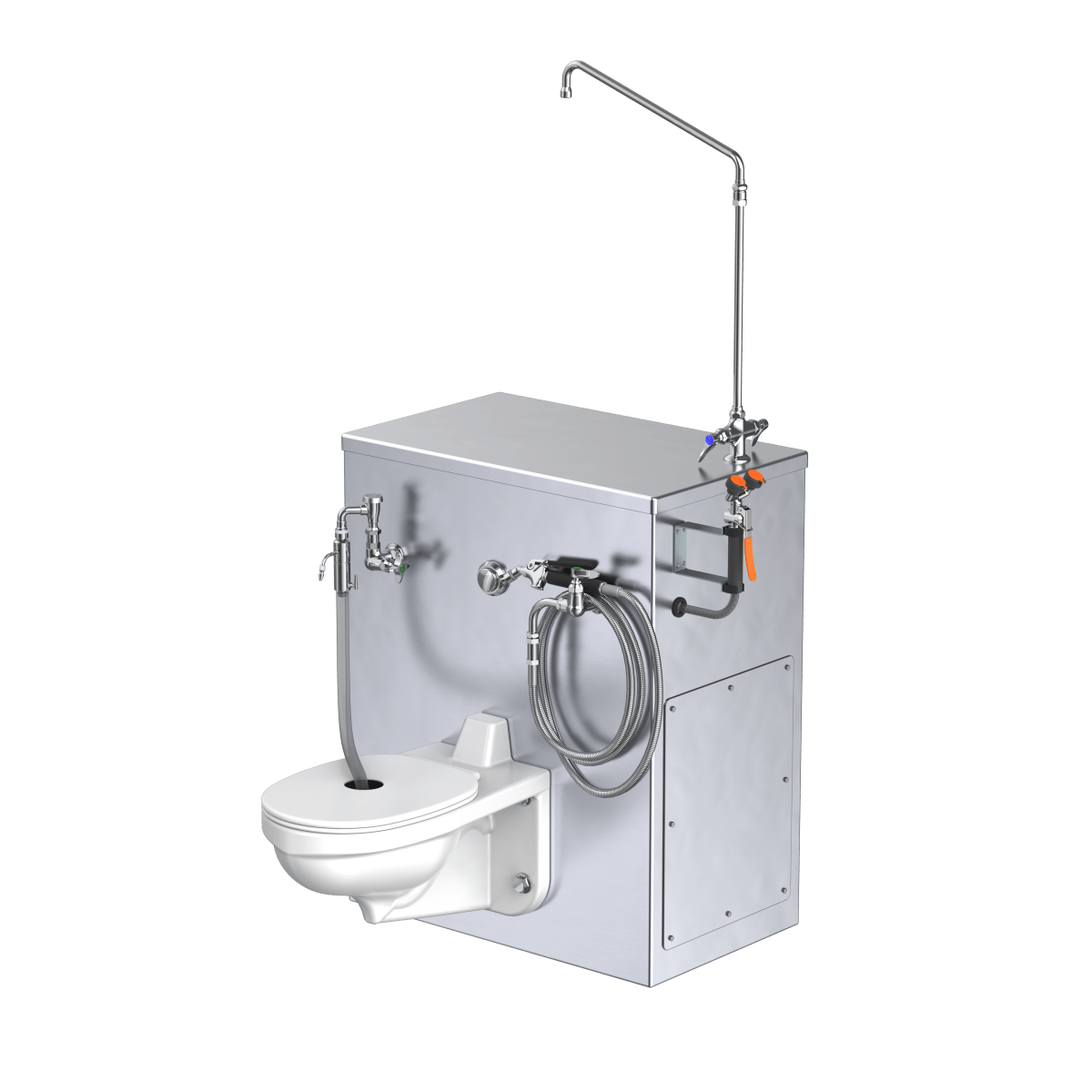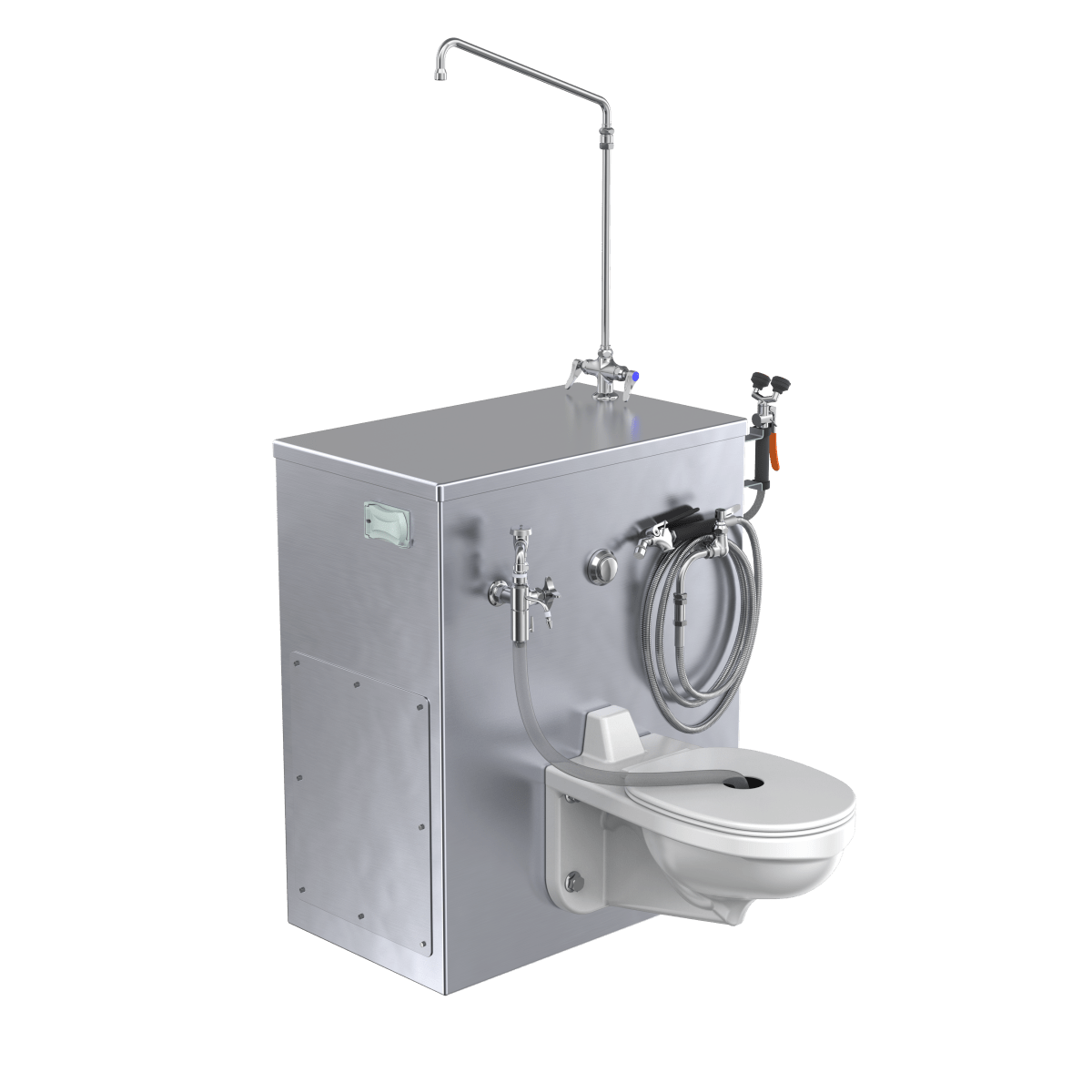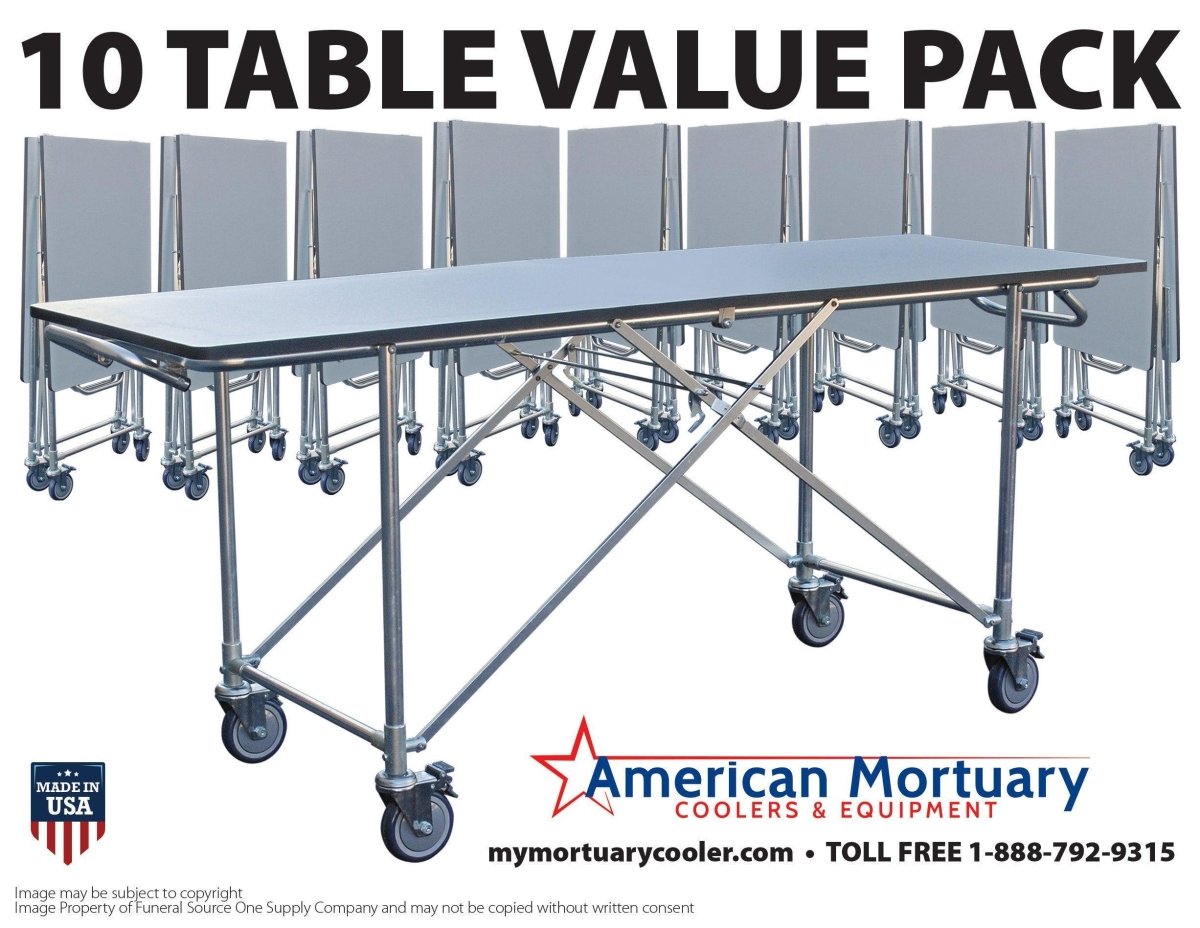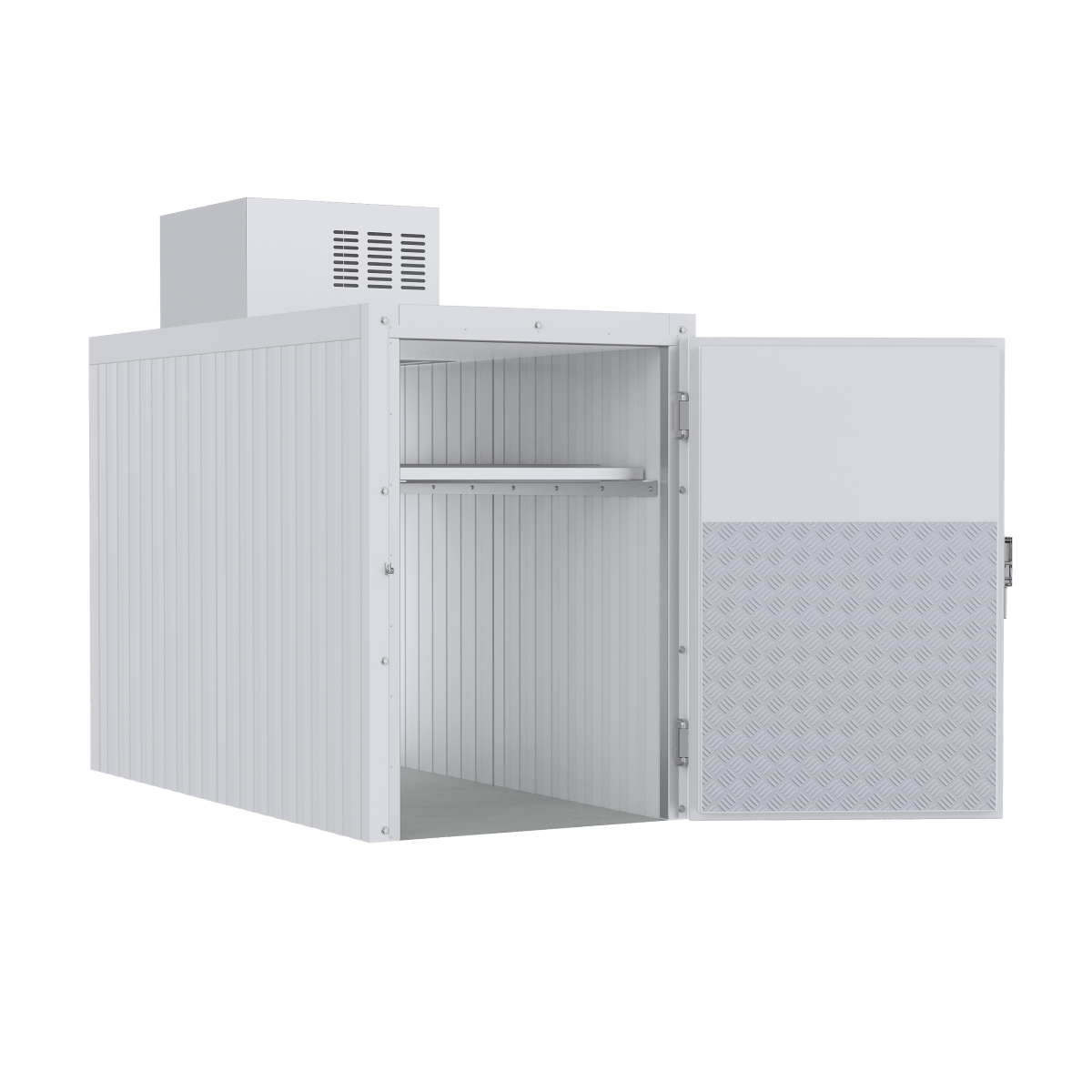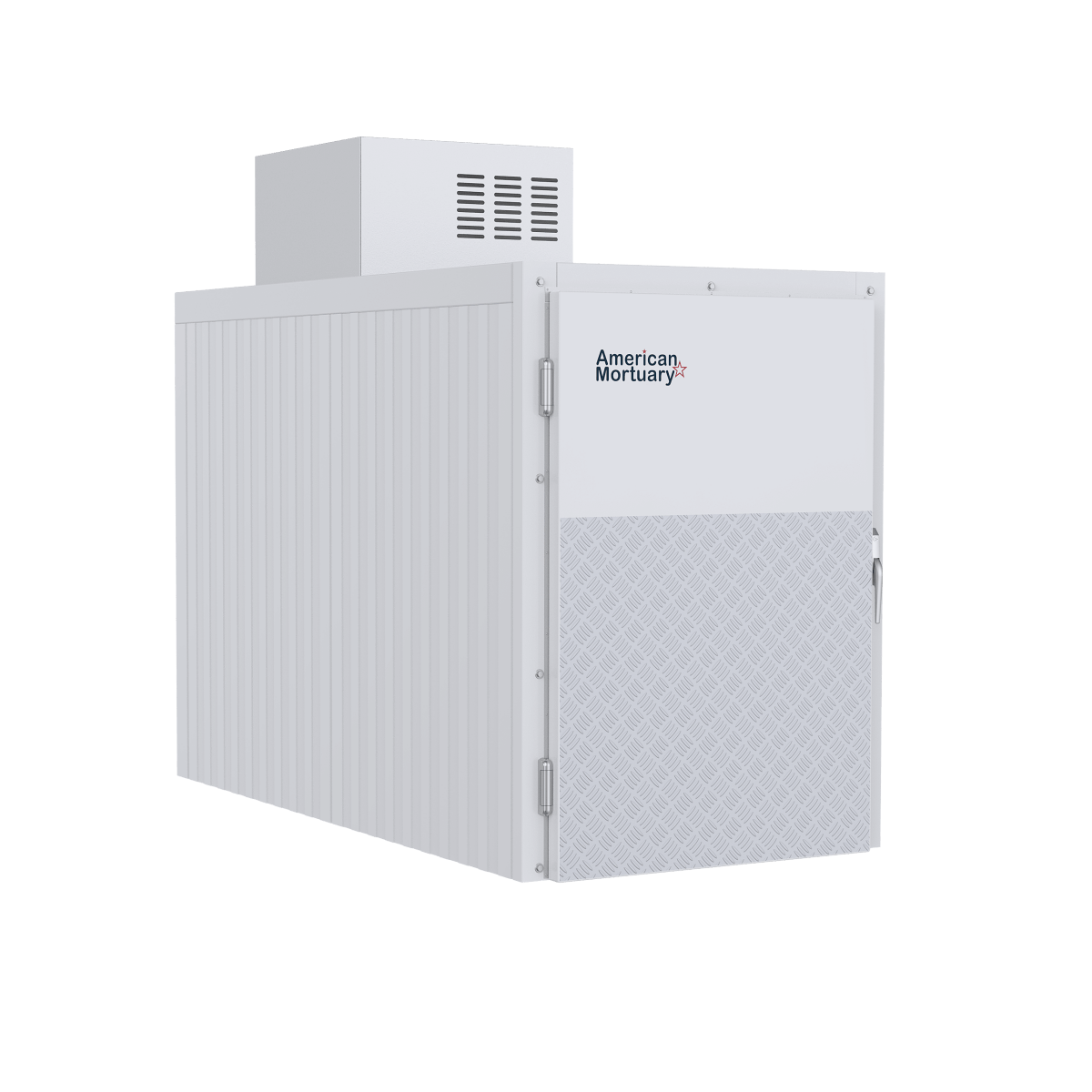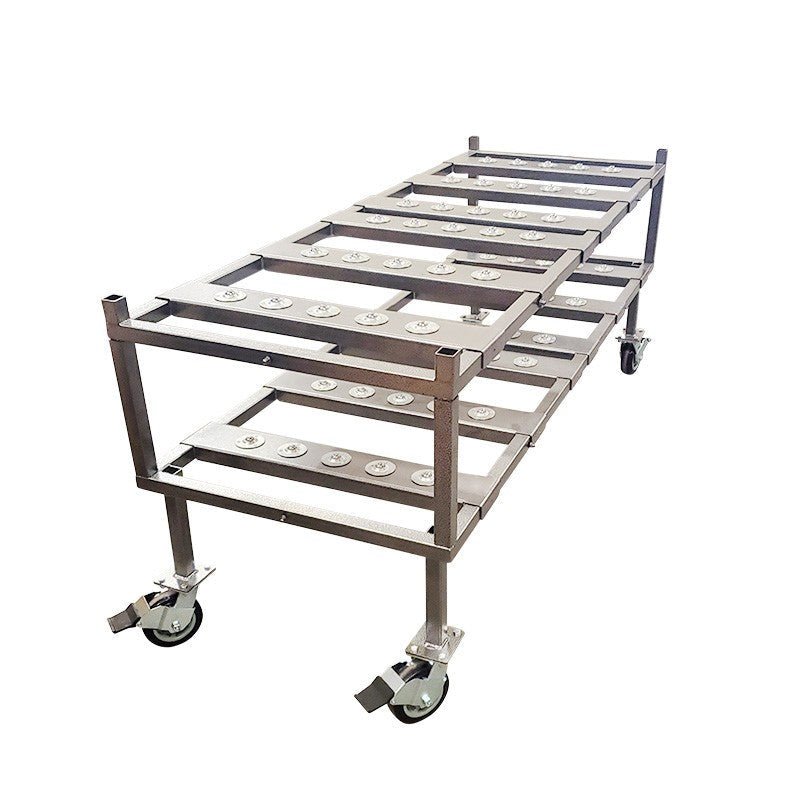Key Components of Modern Embalming Equipment
Modern embalming equipment has revolutionized the way professionals preserve bodies, ensuring that the deceased are presented in a respectful manner. This article will delve into the essential components of modern embalming equipment, focusing on their functions and importance in the embalming process. We'll also touch on the considerations regarding pricing and the overall value these tools bring to the process.
Understanding Embalming Machines

by Jason Briscoe (https://unsplash.com/@jsnbrsc)
An embalming machine is a crucial piece of equipment in any funeral home. It is designed to replace bodily fluids with embalming chemicals to preserve the body for a certain period. The machine's functionality is paramount to achieving a successful embalming process.
How Do Embalming Machines Work?
An embalming machine typically operates by using a pump to inject embalming fluids into the body. These fluids are distributed through the vascular system, which helps in preserving tissues and preventing decomposition. The process is both delicate and precise, requiring the embalmer to have a deep understanding of human anatomy and the chemical properties of embalming fluids.
The machine is equipped with controls that allow the embalmer to adjust the pressure and flow rate, ensuring that the fluids are distributed evenly throughout the body. This precision is crucial as uneven distribution can lead to improper preservation. The ability to adjust settings according to the specific needs of each case is what makes modern embalming machines indispensable.
Types of Embalming Machines
There are various types of embalming machines available in the market, each catering to different needs and preferences. Understanding the differences between these machines can help embalmers choose the best option for their specific requirements.
- Gravity Injector: This is one of the oldest methods, relying on gravity to distribute the embalming fluid. It is less commonly used today due to its inefficiency compared to modern machines. However, it can still be a useful tool in certain situations where a gentle flow is needed, or in areas with limited access to electricity.
- Electric Injector: These are more common in modern practices. Electric injectors use a motorized pump to control the injection of fluids, allowing for more precision and efficiency. They are favored for their consistent performance and the ability to handle a variety of embalming scenarios, from standard procedures to more complex cases.
- Hydraulic Injector: These machines utilize hydraulic pressure to inject embalming fluids, offering a balance between precision and power. They are particularly useful in high-volume funeral homes where speed and accuracy are critical. The hydraulic system allows for quick adjustments, making it easier to manage different body types and conditions.
Dodge Embalming Machine Price
The price of embalming machines can vary significantly based on the brand, features, and type of machine. Dodge is a well-known brand in the embalming industry, recognized for its high-quality machines. The price for a Dodge embalming machine can range from a few hundred to several thousand dollars, depending on the model and features included.
When considering the purchase of a Dodge embalming machine, it's important to evaluate the long-term benefits and cost savings associated with investing in a high-quality product. While the initial cost may be higher, the durability and reliability of these machines often result in lower maintenance costs and a longer lifespan.
Additionally, purchasing from a reputable brand like Dodge ensures access to customer support and service, which can be invaluable in ensuring the machine operates efficiently. It's also wise to consider the potential resale value of the equipment, as well-maintained machines from reputable brands tend to retain their value better over time.
Essential Embalming Tools

by Mike Kotsch (https://unsplash.com/@mike)
In addition to the embalming machine, several tools are essential for the embalming process. Each tool serves a specific purpose, contributing to the overall efficiency and effectiveness of the procedure.
Arterial Tubes
Arterial tubes are used to inject embalming fluids into the body. They come in various sizes and shapes, allowing embalmers to choose the appropriate tube based on the size of the artery they are working with. This versatility is essential, as the condition and size of the arteries can vary significantly from one body to another.
The choice of arterial tube can impact the flow and distribution of embalming fluid, making it a critical decision in the embalming process. High-quality arterial tubes are designed to minimize leakage and ensure a secure connection to the embalming machine, which is vital for maintaining consistent pressure and flow.
Furthermore, the material and design of arterial tubes can affect their durability and ease of use. Investing in high-quality, reusable tubes can reduce costs over time and contribute to a more efficient embalming process.
Trocar
A trocar is a sharp, pointed instrument used to aspirate body cavities and inject cavity fluid. This tool is essential for ensuring that the body is adequately preserved and free from decomposition. The trocar allows embalmers to reach internal organs and cavities, which are not accessible through the vascular system.
Proper use of the trocar is crucial for achieving thorough preservation. The technique requires skill and precision, as improper use can damage internal structures or lead to incomplete fluid distribution. Training and experience are key to mastering the use of this tool.
Additionally, the choice of trocar can impact the efficiency of the embalming process. High-quality trocars are designed to be sharp and durable, reducing the effort required to penetrate tissues and ensuring a smooth procedure.
Vein Drainage Tube
This tool is used to drain blood from the veins during the embalming process. It is crucial for ensuring that all bodily fluids are replaced with embalming chemicals, which aids in preservation. The vein drainage tube plays a vital role in maintaining the balance of fluids within the body, which is essential for achieving a lifelike appearance.
The design of vein drainage tubes can vary, with some models featuring adjustable flow controls to allow for precise regulation of fluid removal. This precision is important for maintaining the correct pressure within the vascular system and preventing damage to tissues.
In addition to its functional role, the vein drainage tube contributes to the overall hygiene of the embalming process. Effective drainage reduces the risk of bacterial growth and decomposition, enhancing the preservation of the body.
Aneurysm Hook
The aneurysm hook is a small, pointed tool used to locate and elevate arteries and veins. This tool is particularly useful in ensuring that the embalming fluids are injected precisely into the vascular system. The ability to accurately locate and manipulate blood vessels is essential for achieving thorough fluid distribution and effective preservation.
The aneurysm hook is designed to be lightweight and easy to handle, allowing embalmers to work with precision and control. Its pointed tip is ideal for navigating delicate tissues and accessing hard-to-reach areas.
Using the aneurysm hook effectively requires skill and practice. Embalmers must develop a keen sense of touch and an understanding of anatomical structures to use this tool successfully. High-quality aneurysm hooks are crafted from durable materials to withstand frequent use and maintain their sharpness over time.
Importance of Quality Embalming Equipment
The quality of embalming equipment directly affects the outcome of the embalming process. High-quality equipment not only ensures that the body is preserved effectively but also enhances the efficiency of the embalmer's work.
Durability and Reliability
Investing in durable and reliable embalming equipment is crucial for funeral homes. High-quality equipment can withstand frequent use, reducing the need for constant repairs or replacements, which can be costly. The longevity of durable equipment means that funeral homes can focus on providing excellent service without worrying about equipment failure.
Reliable equipment also contributes to a more predictable and consistent embalming process. Embalmers can trust that their tools will perform as expected, allowing them to concentrate on the nuances of each case. This reliability is particularly important in high-pressure situations, where time and precision are of the essence.
Furthermore, durable embalming equipment often comes with warranties and support services, providing additional peace of mind for funeral home operators. These services can be invaluable in ensuring that equipment remains in optimal condition and continues to function effectively.
Precision and Control
Modern embalming machines and tools offer enhanced precision and control. This precision is vital for ensuring that the embalming fluids are distributed evenly, leading to a more successful preservation process. Precise control over fluid flow and pressure allows embalmers to tailor their approach to the unique needs of each body, resulting in a more lifelike appearance.
Advanced features such as digital controls and automated settings have further improved the precision of embalming equipment. These innovations enable embalmers to achieve consistent results with minimal manual intervention, reducing the risk of human error.
The ability to control every aspect of the embalming process also enhances the embalmers' confidence and competence. With precise tools at their disposal, embalmers can focus on refining their techniques and delivering the highest quality service to their clients.
Safety and Hygiene

by Bank Phrom (https://unsplash.com/@bank_phrom)
Safety is a top priority in the embalming process. Quality equipment is designed with safety features that protect the embalmer from exposure to harmful chemicals and pathogens. These features include sealed systems, automatic shut-offs, and ergonomic designs that reduce the risk of injury or contamination.
Additionally, high-quality tools are easier to clean and sterilize, maintaining a hygienic work environment. Proper sanitation is essential for preventing the spread of disease and ensuring the safety of both embalmers and their clients. High-quality equipment is often made from materials that resist corrosion and bacterial growth, further enhancing hygiene.
Investing in safe and hygienic equipment also reflects a commitment to ethical and professional standards. Funeral homes that prioritize safety and hygiene can build trust with their clients and establish a reputation for excellence in the industry.
Choosing the Right Embalming Equipment
When selecting embalming equipment, several factors should be considered to ensure that you are making the right choice for your needs.
Assessing Your Needs
Consider the volume of work and the specific requirements of your funeral home. This will help you determine the type and capacity of the equipment needed. For example, high-volume funeral homes may require larger capacity machines and more robust tools to handle frequent use.
Understanding the unique needs of your clientele can also inform your equipment choices. Some funeral homes may specialize in certain types of services or cater to specific cultural practices, which can influence the types of embalming equipment required.
Conducting a thorough assessment of your needs can prevent over- or under-investment in equipment. By aligning your purchases with your operational requirements, you can ensure that your funeral home is well-equipped to meet the demands of your clients.
Budget Considerations
While it is important to invest in quality equipment, it is also essential to consider your budget. Compare prices and features of different brands and models to find the best value for your money. Consider both the initial cost and the potential long-term savings associated with high-quality equipment.
Budgeting for embalming equipment should also account for ongoing maintenance and repair costs. Investing in durable, reliable equipment can reduce these costs over time, making higher-priced options more economical in the long run.
Additionally, consider financing options and warranty packages that may be available. These can provide flexibility and peace of mind, allowing funeral homes to acquire the equipment they need without compromising their financial stability.
Brand Reputation
Choose equipment from reputable brands known for their quality and reliability. Research customer reviews and seek recommendations from other professionals in the industry. Well-established brands often have a track record of performance and customer satisfaction, making them a safer investment.
Brand reputation can also impact the availability of parts and service. Reputable brands typically offer better support and have a wider network of service providers, ensuring that any issues can be quickly and efficiently resolved.
Moreover, equipment from respected brands can enhance the image of your funeral home. Clients are more likely to trust a funeral home that uses high-quality, well-regarded equipment, contributing to a positive reputation and increased business.
Future Upgrades
Consider the potential for future upgrades when choosing embalming equipment. As technology advances, newer models with improved features may become available. Investing in equipment that can be easily upgraded can save you money in the long run.
Look for equipment with modular designs or software that can be updated to keep pace with technological advancements. This flexibility can extend the lifespan of your equipment and ensure that your funeral home remains competitive in a rapidly evolving industry.
Planning for future upgrades also involves staying informed about industry trends and developments. By keeping abreast of new technologies and innovations, you can make strategic decisions about when and how to upgrade your equipment to maximize its value and effectiveness.
Conclusion
Modern embalming equipment plays a vital role in the funeral industry, ensuring that bodies are preserved with dignity and respect. From the precision of embalming machines to the functionality of essential tools, each component contributes to the success of the embalming process. By understanding the key components and factors to consider when choosing equipment, funeral professionals can make informed decisions that enhance their services and uphold the highest standards of care.
In conclusion, investing in quality embalming equipment is not only beneficial for the preservation process but also for the overall efficiency and reputation of your funeral home. Whether you are considering a Dodge embalming machine or exploring various embalming tools, prioritize quality, reliability, and safety to ensure that you provide the best possible service to your clients.
Furthermore, as the funeral industry continues to evolve, staying informed and adaptable is crucial. By continually assessing your needs, budget, and the latest advancements in embalming technology, you can ensure that your funeral home remains at the forefront of the industry, providing exceptional care and service to the families you serve.


